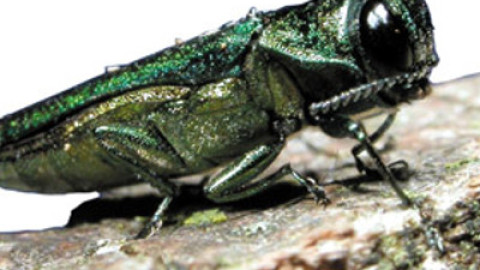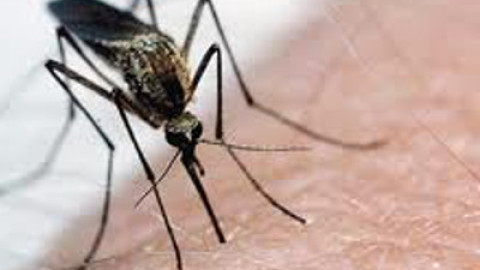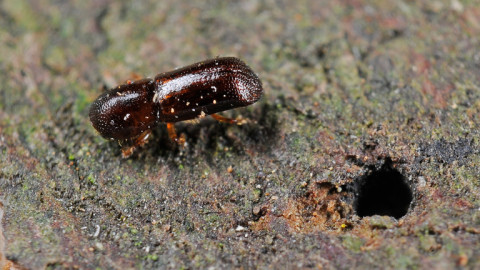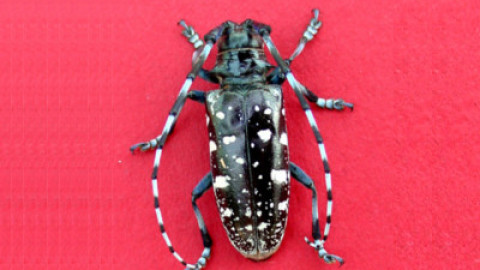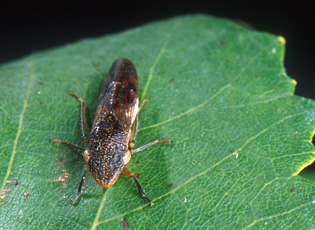 The glassy-winged sharpshooter (Scientific name: Homalodisca vitripennis) is an insect native to north-east Mexico and the southeastern United States. The sharpshooter is invasive in California, Hawaii, and the agriculturally productive areas of the southwestern United States. Though the sharpshooter is an agricultural pest in its own right, it also acts as a vector for a serious agricultural threat, Pierce’s disease, which could seriously damage the West Coast wine industry. As the primary vector of Pierce’s disease, control of the glassy-winged sharpshooter is critical to protect West Coast agriculture.
The glassy-winged sharpshooter (Scientific name: Homalodisca vitripennis) is an insect native to north-east Mexico and the southeastern United States. The sharpshooter is invasive in California, Hawaii, and the agriculturally productive areas of the southwestern United States. Though the sharpshooter is an agricultural pest in its own right, it also acts as a vector for a serious agricultural threat, Pierce’s disease, which could seriously damage the West Coast wine industry. As the primary vector of Pierce’s disease, control of the glassy-winged sharpshooter is critical to protect West Coast agriculture.
Glassy-winged sharpshooters eat a large variety of plants, but they prefer economically significant grape vines, citrus, and almond trees. Sharpshooters lay their eggs on the underside of leaves, and when the eggs hatch, the nymphs feed on the host plant’s vascular system.
Extremely localized application of pesticides may be used to control pockets of infestation. Controlled release of a specific wasp species has been shown to eliminate infestation of egg clutches. Bacteria and viruses that are natural enemies of the glassy-winged sharpshooter may be cultivated and applied to colonies.

